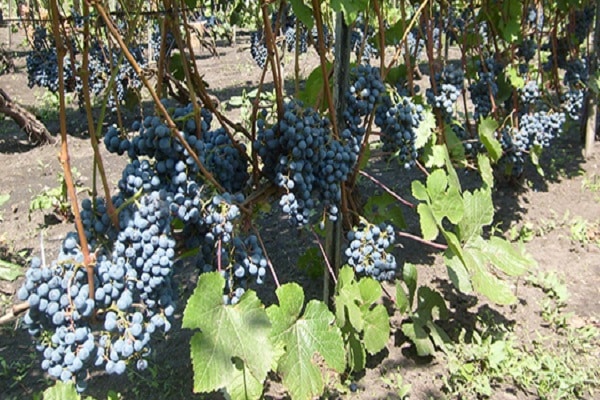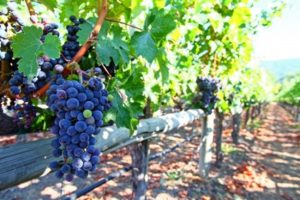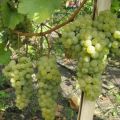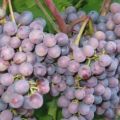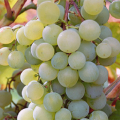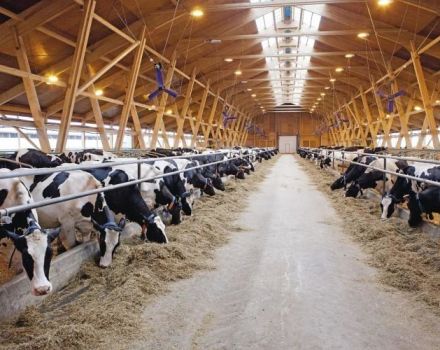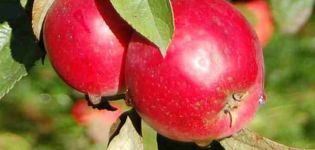History, description and characteristics of the Early Magaracha grape variety and growing rules
On the market for horticultural crops, the number of interesting grape varieties is increasing every year, but the popularity of long-bred varieties does not decrease from this. Gardeners often find themselves in a difficult situation trying to determine the best option. If you want to plant a dark-colored technical variety, you should pay attention to one of the oldest grape varieties - Early Magaracha.
Description of early Magarach grapes
Grapes are table varieties that have a universal field of application. This feature makes it possible to use it as a raw material for making wines. The berries of the plant have a rich dark blue color, and the juice obtained from them has a pink color.
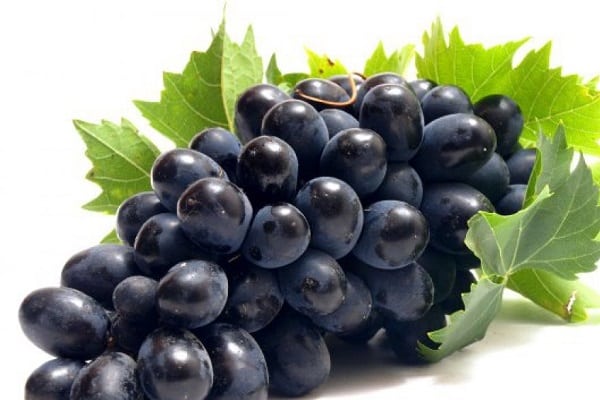
Historical data
Early Magarach is considered one of the oldest grape varieties. It was bred in 1928 by crossing two varieties - Black Kishmish, Madeleine Anzhevich. For large-scale cultivation, the crop was adopted in 1964. It is officially included in the atlas of the best grape varieties of the USSR.
Morphology
Shoots grow powerful and spreading. One bush can withstand up to 40 eyes. The plant forms bisexual green flowers and leaves, which have slight pubescence on the underside. In the autumn, their color changes and turns red.
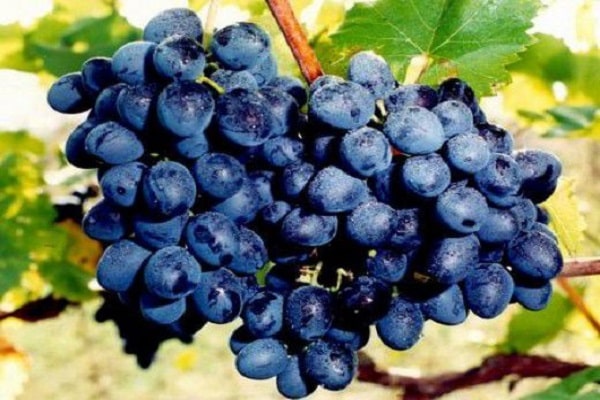
Advantages and disadvantages
The variety has good survival rate in regions without strong changes in seasonal temperatures, it is able to withstand a drop to -18 C. The benefits of the variety include:
- high yield rates;
- fruiting stability;
- versatility of use.
At the same time, the Early Magaracha is quite picky about the quality of the soil and the sufficiency of heat, therefore it cannot be called unpretentious... Ripening of fruits is possible only if the total number of temperatures is 2 300 C, which imposes a limitation on the possible growing regions.
Variety characteristics
The variety belongs to the early variety. From the beginning of flowering to harvest, an average of 120 days pass. The harvest is in August.
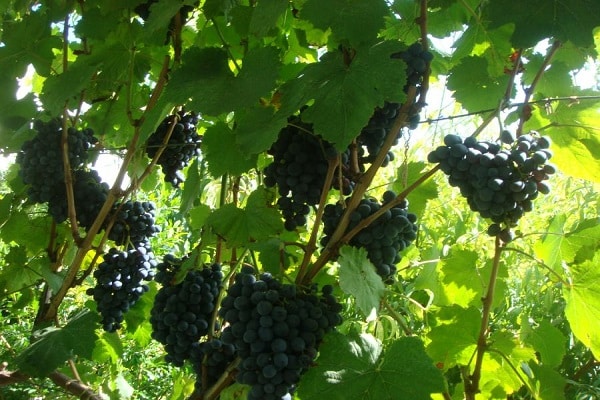
Harvest amount
The average weight of one bunch varies from 200 to 500 g.They have a classic conical shape. In a favorable climate, with proper care, the plant is capable of producing from 100 to 120 centners per hectare.
Known diseases and pests
Early Magaracha does not have good resistance to grape diseases, therefore, preventive measures for this variety must be carried out without fail. Most often, plantings are affected by mildew, phylloxera and black spot. At the same time, the plant is rarely affected by gray rot, which is largely due to its belonging to the early varieties. Wasps and ants are dangerous pests for him.
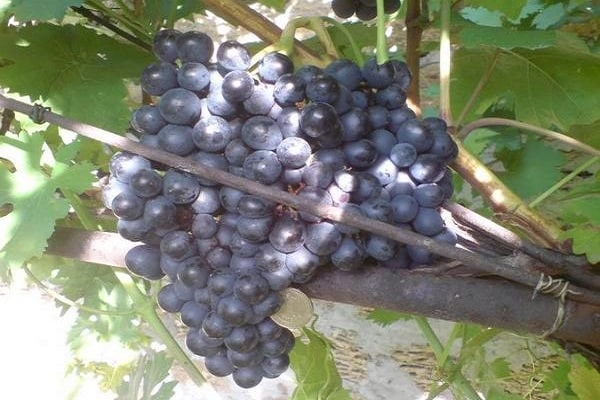
Description of berries and bunches, tasting assessment
The berries have a characteristic oval shape. The weight of one berry is 4 g, each contains 2-3 seeds. The fruits are collected in a large bunch, the length of which reaches 22 cm. The skin is dark blue on the surface has a purine bloom.
The tasting qualities of the grapes are assessed by experts as "no peculiarities". The taste can sometimes have hints of chocolate. The juice content in berries is 84%.
Vine propagation methods
Early Magaracha is propagated by cuttings taken from healthy, powerful bushes. It is not recommended to take the upper parts of the growth for these purposes. The diameter of the offshoot at the cut point should be from 7 to 1.2 cm, the length should not be more than 50 cm. Cuttings for the winter period are removed in wet sand and stored at a temperature of +2 C.

Planting seedlings
Before planting, for rooting, the cuttings are soaked in water for 48 hours. On the lower part, at the base, make several small cuts for better rooting. The upper part is immersed in paraffin with a temperature of +75 C to retain moisture. Further, the shoot is placed in a growth stimulator to increase the ability to root formation.
The shoot is planted in a container with fertile soil, moistened and sent under a greenhouse.
Landing dates
Cuttings stored in the winter period are taken out 3 weeks before the planned planting and rooting is carried out.
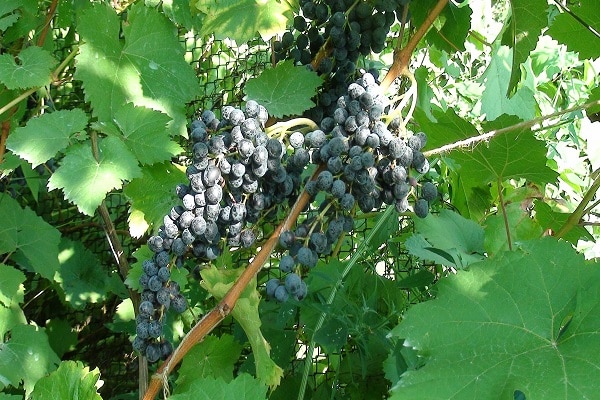
Planting technology in open ground
Landings are carried out in pre-prepared soil. It is required to choose a sunny place not subject to gusts of wind A 50 cm depression is formed, fertilizer is applied, watered abundantly, and then a seedling is planted. There should be a distance of 1.7-2.2 m between two adjacent bushes.
How to grow and care
The plant requires careful maintenance. It needs timely watering and feeding, it reacts negatively to moisture deficiency and requires shelter in winter.
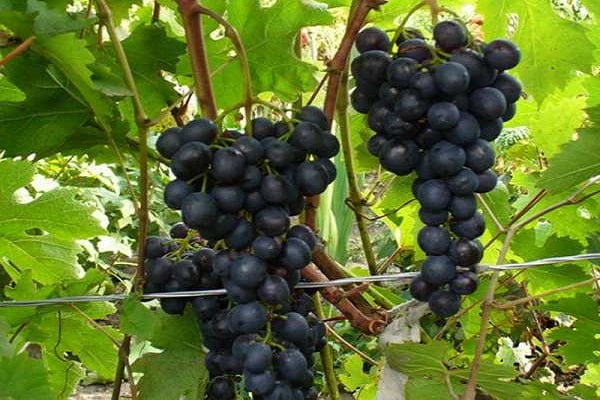
Pruning a bush
Pruning is performed in the spring. The amount of shoot removal depends on the age of the grape and its branching. It is recommended to leave 5-8 eyes on the bush, their total number should not exceed 40.
Irrigation and feeding
At the time of bud break, top dressing is carried out with rotted manure. When the first leaves appear, irrigation is carried out. During the formation of inflorescences, this is prohibited, since all peduncles will be discarded by the plant. During the growing season, irrigation is required, which is stopped from the moment the berries start to "fill", otherwise the risk of cracking will increase.
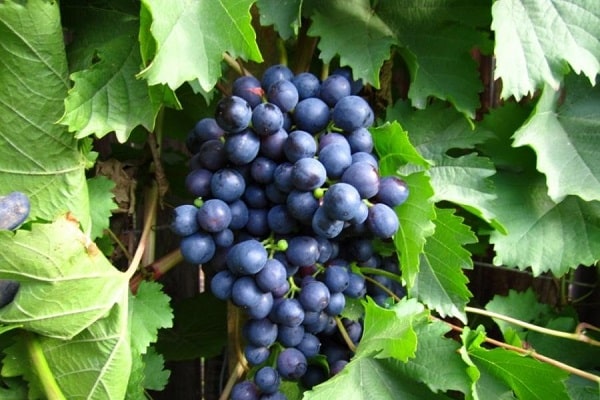
Preventive actions
Preventive measures are reduced to spraying with targeted drugs and monitoring the health of the shoots. It is important to avoid excessive moisture and to provide the grapes with quality protection in winter.
Protecting the plant from diseases and pests
In order to increase the resistance of grapes to phylloxera, rootstocks are made using French or American selection for this variety. To combat black spot, special preparations are used - "DNOC", "Topaz", "Thanos".Sticky traps are used to control ants. Wasp nests need to be eliminated, and shelter with a net or gauze will help save the bunches from insects.
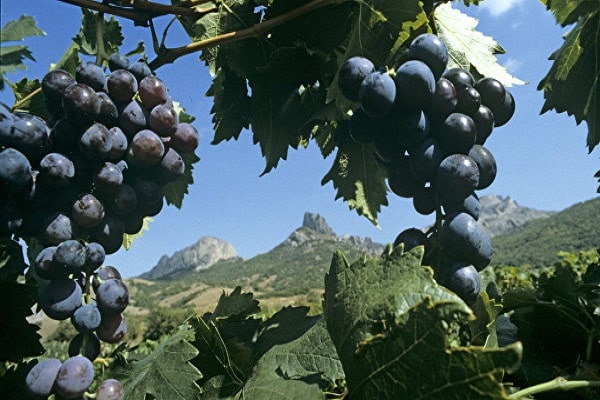
Preparing the vine for frost
Early Magaracha requires shelter when grown in regions with cold winters. There is a method of dry, full, half-shelter and burying the trunk. Often straw, dry branches and foliage are used as an insulating layer. When forming protection for a plant, it is important to avoid overheating.
